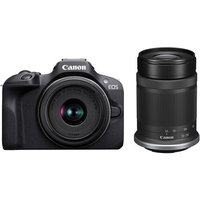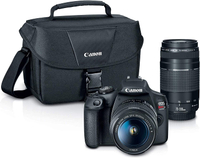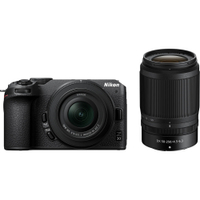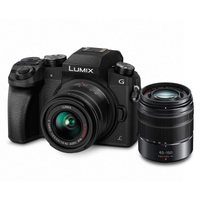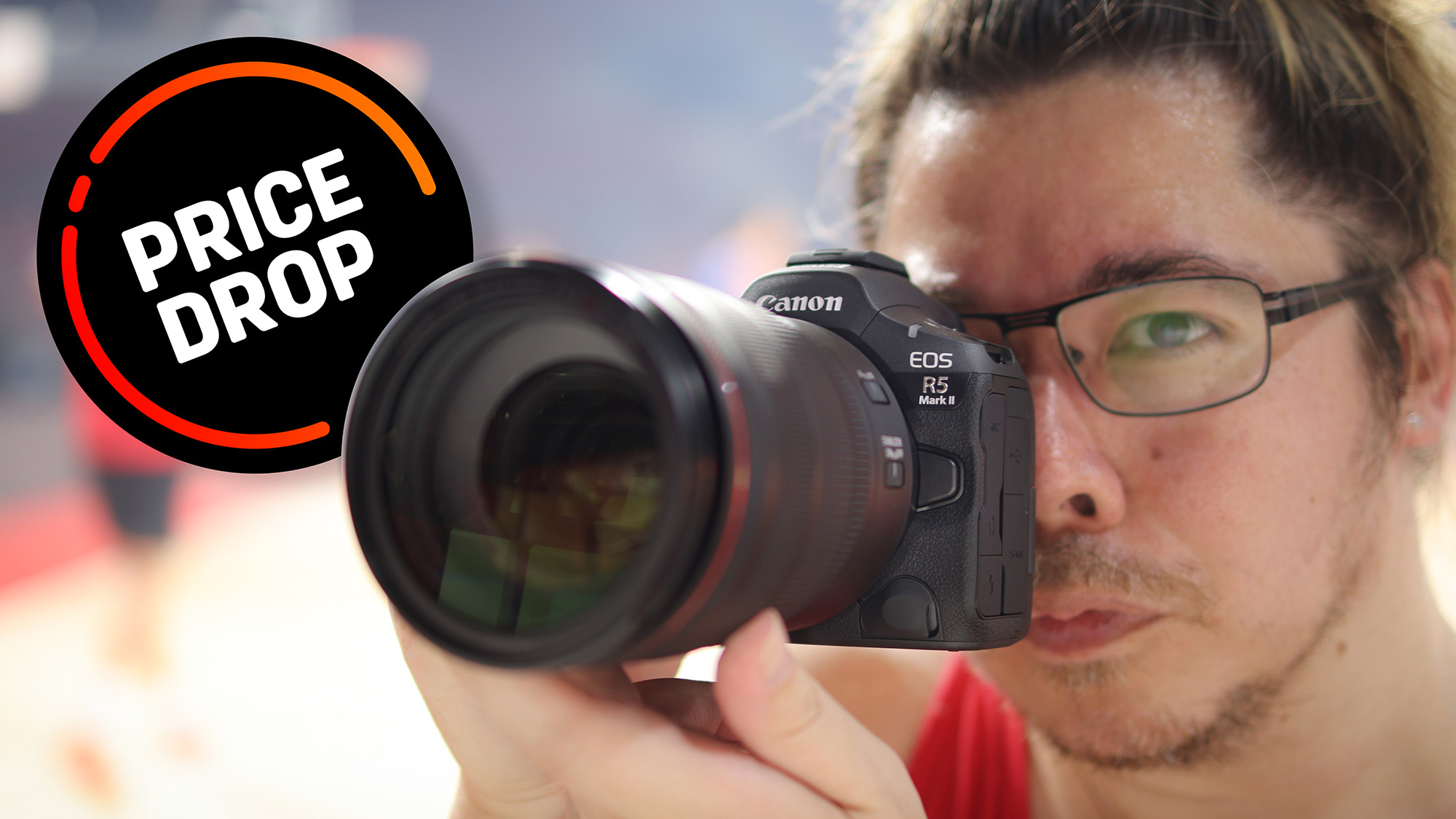Black Friday hack: Buy a camera as a twin lens kit, and you don't need more lenses
Buying a camera in a two-lens bundle is the best value – and means you won't need to buy more lenses any time soon
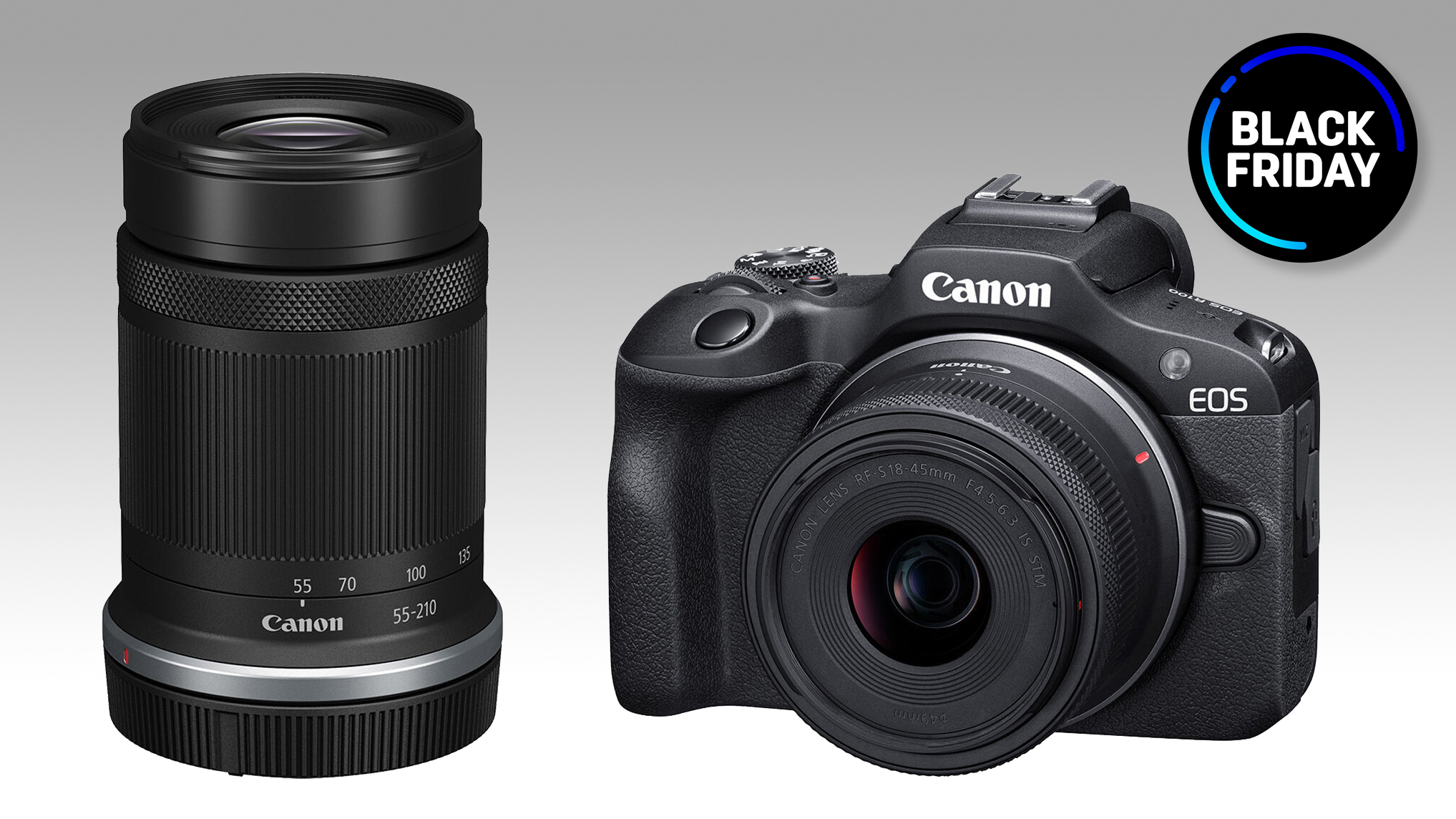
Saving money on a product is great, of course. However, if you're investing in a camera for the first time in the Black Friday camera sales, there is a better approach to trying to find a camera deal and then trying to find a lens deal to match it – and the answer is to buy a twin-lens kit.
If you're unfamiliar with the term, this means a bundle that includes a camera (usually with an APS-C sensor) and two "kit lenses". These are general-purpose zoom optics that cover one of two focal ranges: standard and telephoto.
Usually, a camera comes bundled with just one of these kit options (typically the standard as that's the most widely used). Looking for a twin kit lens option offers great value, but more than that it means that you won't need to buy another lens unless you really, really want to – after all, you have an enormous 18-250mm range, covering pretty much all the photography bases!
The best twin lens kit camera deals
Canon EOS R100 twin lens kit | was $829.99 | now $499
Save $330.99 at Adorama With a 24.2MP sensor, a viewfinder and advanced autofocus, the R100 is a great entry into the EOS R system. The RF-S 18-45mm f/4.5-6.3 and RF-S 55-210mm f/5-7.1 lenses are both image stabilized, for smooth shooting. Adorama is including a huge bundle of accessories at this price, including a 64GB memory card, a card reader, a shoulder bag, filters for both the included lenses, and a smart battery charger. This might be the starter camera kit of the season!
Canon EOS Rebel T7 + 18-55mm + 75-300mm + bag |
was £699.99 | now $549
Save $150 at Amazon An ideal entry-level DSLR camera, the Rebel T7 has a 24.1MP APS-C sensor, large 3" rear screen and built-in Wi-Fi. Contents include the camera body, EF-S 18-55mm IS STM standard zoom, Canon EF-S 55-250mm IS II telephoto zoom
Nikon Z30 twin lens kit | $1,196.95 | $946.95
SAVE $250 at Adorama with free accessory bundle Nikon's 20.9MP Z30 offers live streaming in 4K 30p or Full HD 60p, making it great for creators. The Z DX 16-50mm f/3.5-6.3 and Z DX 50-250mm f/4.5-6.3 have stabilization and cover a very impressive focal range.
Nikon Z50 twin lens kit + extras | $1,146.95 | $1,146.95
SAVE $204.50 at B&H Not only does the 20.9MP Z50 come with stabilized Z DX 16-50mm f/3.5-6.3 and Z DX 50-250mm f/4.5-6.3 lenses, this B&H bundle also includes a camera bag and 64GB memory card – everything you need to get going!
Panasonic Lumix G7 twin lens kit | was $799.99 |
now $597.99
Save $202 at Amazon A great twin-lens deal on a budget mirrorless camera, that could be a great starter kit for a budding photographer or vlogger. The 16MP 4K camera comes with Lumix G Vario 14-42mm and 45-150mm lenses. Make sure you apply the $50 voucher before checkout to get this price
Kit lens limitations
So what's the catch? Well, historically, kit lenses weren't great quality – they were made to create budget-friendly kits with entry-level cameras, so performance came second to price.
These days, however, kit lenses are by no means bad lenses! They often boast great optical performance, and they are super compact and lightweight, making them the perfect companion to a starter or intermediate camera system.
Still, in order to maintain that size, weight, affordability and quality, the tradeoff is speed. Kit lenses are not very "fast", which means the aperture usually only opens up to f/3.5 or f/4.5. In simple terms, this means that they don't blur the backgrounds as much as faster lenses (with apertures like f/2.8 or f/1.8), and you need to shoot with a slower shutter speed in order to work in low light conditions.
There are ways around both points. You can, for example, increase the amount of blur by increasing the distance between your subject and the background. And to compensate for the slower aperture (without raising your ISO, which degrades image quality), many kit lenses offer image stabilization (IS) that counteracts the effect of camera shake while shooting at slower speeds.
Get the Digital Camera World Newsletter
The best camera deals, reviews, product advice, and unmissable photography news, direct to your inbox!
Many people who buy these kinds of cameras don't actually end up buying more lenses. However, there are some things that kit lenses simply can't do.
Macro photography is one of them, so to shoot super close-ups, you'll need to invest in a macro lens. If you want to shoot at extreme distances, a super telephoto lens will be necessary. To cover fast action, like sports or birds, you'll need a fast aperture, which means a dedicated lens for sports or lens for birds. And for portraiture with the most buttery-smooth backgrounds, you'll have to look at a portrait lens.

James has 22 years experience as a journalist, serving as editor of Digital Camera World for 6 of them. He started working in the photography industry in 2014, product testing and shooting ad campaigns for Olympus, as well as clients like Aston Martin Racing, Elinchrom and L'Oréal. An Olympus / OM System, Canon and Hasselblad shooter, he has a wealth of knowledge on cameras of all makes – and he loves instant cameras, too.
